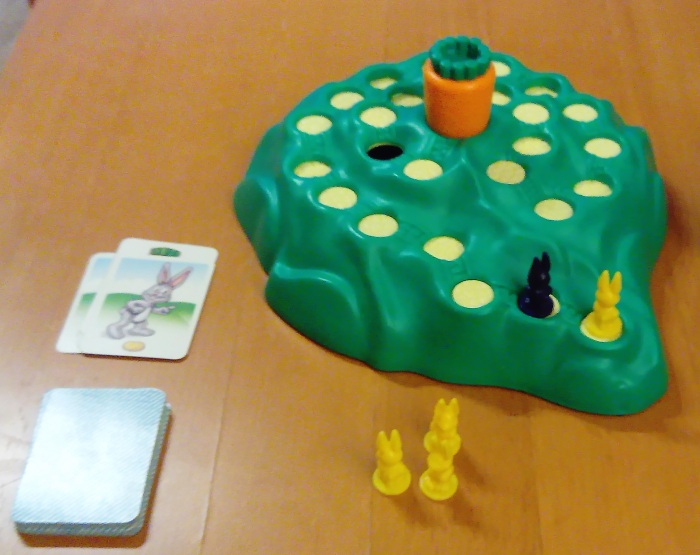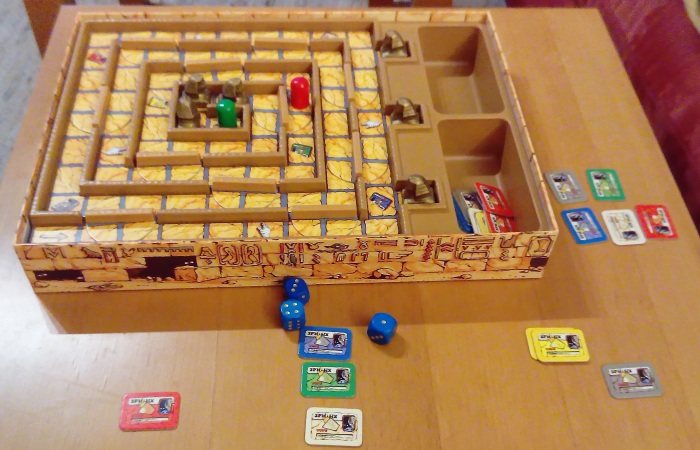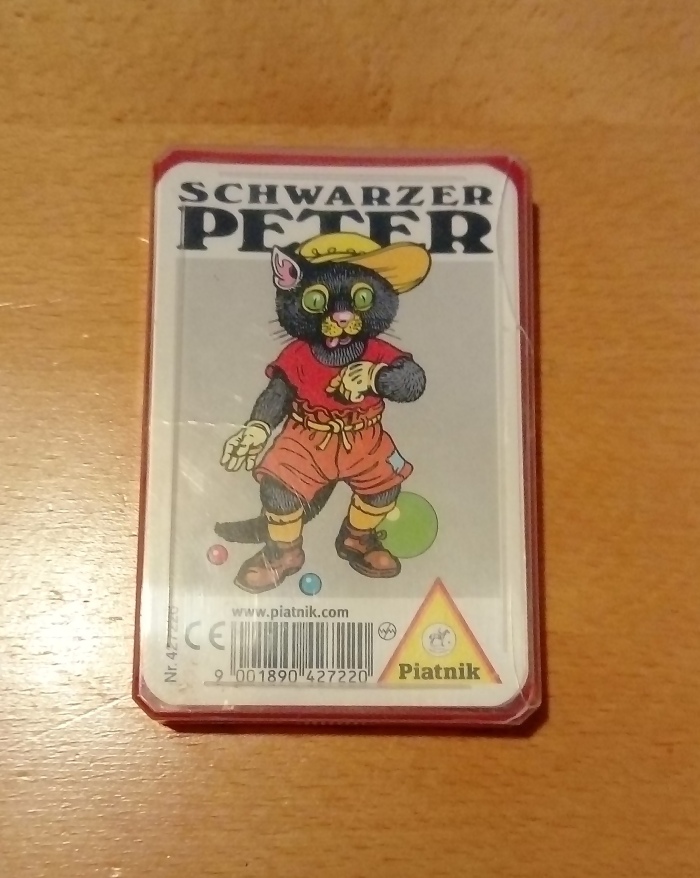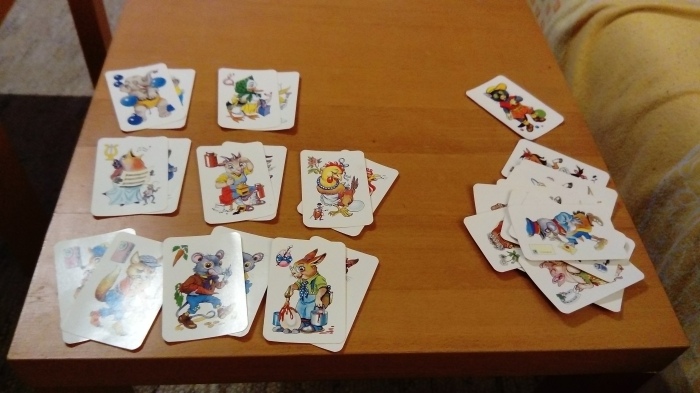So! It’s the end of January, which is In The Beginning for the Discworldathon! Discussions and the reading of Wyrd Sisters have been going on all month on Bex’s blog anarmchairbythesea and the proclaimed Discworld game for this month is Ankh-Morpork. This game was chosen for this month because the city of Ankh-Morpork features in nearly all of the Discworld novel, and it usually still manages to sneak a mention in those it’s not featured in.
For anyone new to Discworld, here’s a little introduction to the city of Ankh-Morpork in two quotes:
“Ankh-Morpork! Pearl of cities! This is not a completely accurate description, of course — it was not round and shiny — but even its worst enemies would agree that if you had to liken Ankh-Morpork to anything, then it might as well be a piece of rubbish covered with the diseased secretions of a dying mollusc.”
– The Light Fantastic
“Poets have tried to describe Ankh-Morpork. They have failed. Perhaps it’s the sheer zestful vitality of the place, or maybe it’s just that a city with a million inhabitants and no sewers is rather robust for poets, who prefer daffodils and no wonder. So let’s just say that Ankh-Morpork is as full of life as an old cheese on a hot day, as loud as a curse in a cathedral, as bright as an oil slick, as colourful as a bruise and as full of activity, industry, bustle and sheer exuberant busyness as a dead dog on a termite mound.”
– Mort
So that’s the proud city of Ankh-Morpork. A full review of the game has already been published on this blog, and can be read here. But to sum it up, the game is a power struggled between Lord Selachii, Lord Rust, Lord de Worde, Commander Vimes, Dragon King of Arms, Chrysoprase and Lord Vetinari. All players draw a personality secretly at the beginning of the game and then have to meet the objectives stated on the card to win.
The game is brilliant in many ways, but mostly because for those who are familiar with the city and it’s inhabitants it is so well constructed. Every card that you play can be identified as a character from one of the books, with the uses of the card being dependent on the personality of that character.
In the books Havelock Vetinari always comes out on top. Even if no one knew that he was in the running. And the game reflects that by stating that the state of the city has been induced by the disappearance of Lord Vetinari. The game itself is those in a position of power in the city attempting to seize control whilst the opportunity is there. Commonly the character of Commander Vimes wins the game, as all he has to do is balance the board, preventing other characters from gaining too much control or money, or making too much trouble, until the cards run out. As Lord Vetinari is one of the personalities available to the game players it’s clear that he has vanished entirely on his own terms and has some kind of long-term plan. Or maybe he just wanted a holiday, who knows?
Sir Terry Pratchett, the amazing creator of the Discworld series (among other things) has the same fail-safe clause for the end of several of his games. It’s partly what makes the games so brilliant. In every Terry Pratchett game it’s possible for any of the game players to win, but in Ankh-Morpork, Guards! Guards!, and Witches if certain conditions are met, then the game ends and nobody wins. Which is fantastic, because it almost adds a cooperative edge to game play as everyone wants to win individually, but definitely none of you want to lose to the game!
I will admit that I’m slightly at a loss as for what to write now. I’ve summed up the game and a bit about the books, and to be honest, I really think that the city of Ankh-Morpork is too big of a feature in the series of the Discworld to be really described or talked about without me insisting that anyone reading this post goes away immediately to read every Discworld book so as to fully understand the enormity of detail in which the city has been described and personified and used a backdrop for all sorts of events.
To tie in with what the re-readathoners have been discussing over on Goodreads, the city of Ankh-Morpork features shortly in Wyrd Sisters, the novel that’s been the subject of this month. Anyone who’s read the book will know that Wyrd Sisters is a very entertaining, silly, and just all-round highly enjoyable version of Shakespeare’s Macbeth. Featuring a Duke who murders his cousin, the King, so that he can be king and then goes mad. There are some differences, obviously, between Shakespeare’s tragedy and Terry Pratchett’s hilarious novel. But the story can be seen there nonetheless. Ankh-Morpork features in the novel as the place where the rightful heir to the throne is living with the acting troupe he was adopted by as a baby. This troupe is hired by the court Fool to perform a play for the Duke portraying him favorably, and the witches, Granny Weatherwax, Nanny Ogg and Magrat Garlick badly so that the witches will lose their power and the people will like him.
The brief featuring of Ankh-Morpork is funny in this novel as the Fool is robbed when he enters the city. The thief performing the robbery expected him only to be carrying a few dollars, but instead he was carrying a vast amount of money given to him by the Duke to employ the acting troupe. The thief then freaks out because according to Guild law he’s not allowed to rob more than a certain amount off of one person. Tomjon, heir to the throne, steps in and resolves the situation. Although it’s a very brief appearance made it holds true to the way the city is, Ankh-Morpork, the city where there is a Guild for everything.
That about wraps us up for this game and this month! I intend to have next month’s post Guards! Guards! up by the middle of the month, rather than the second-last day!
I hope this post has been informative, and you’re now burning with the desire to read Discworld novels for the rest of the year.



















